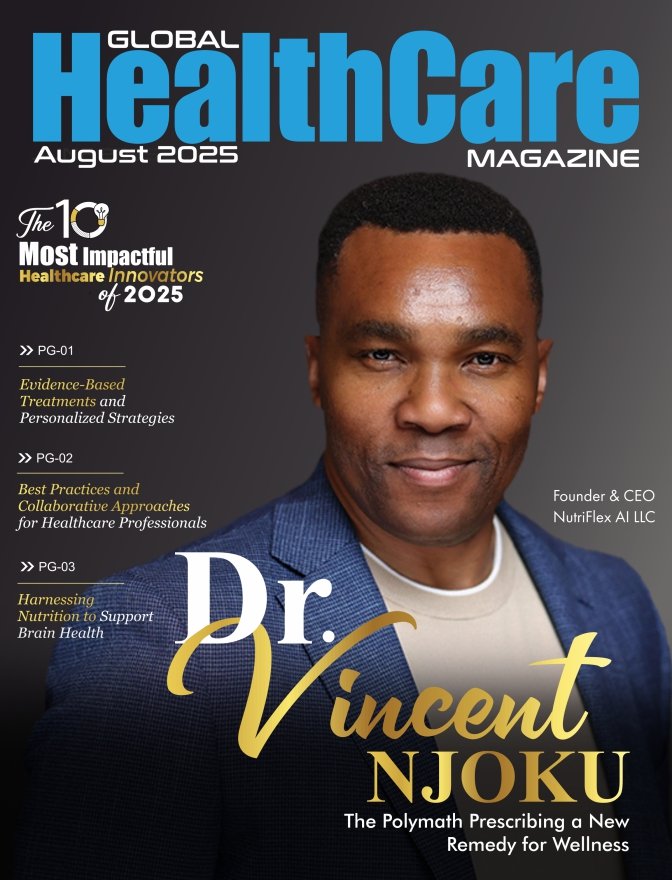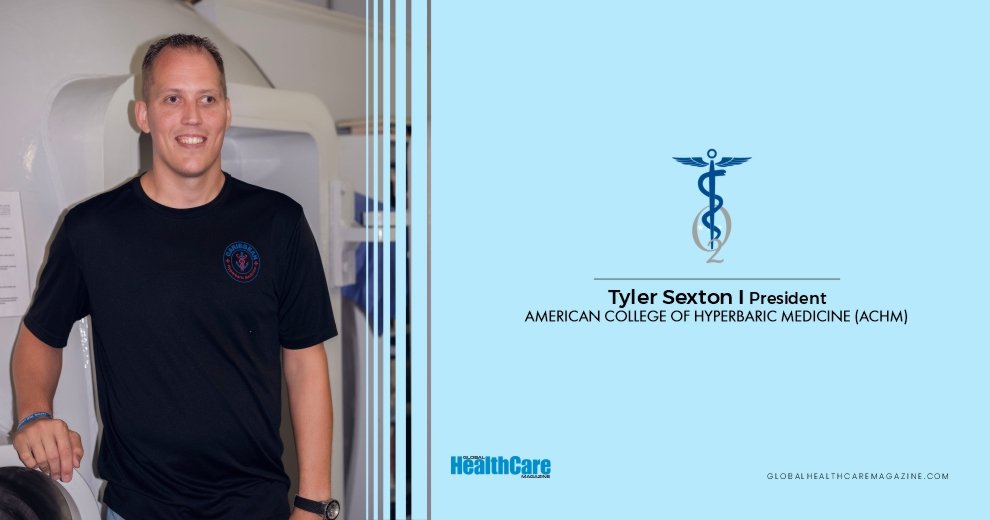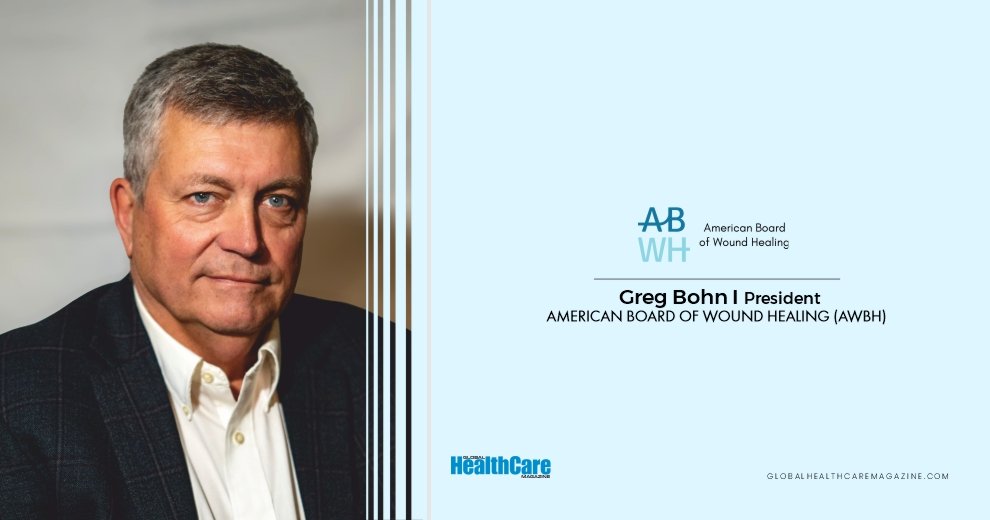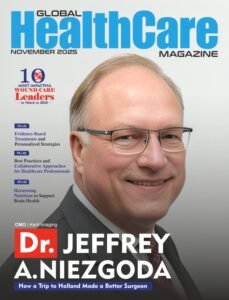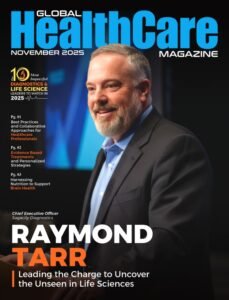A new era of medical treatment has begun. The first tailored gene therapy treatment for a six-month-old infant with a rare and incurable disease has been successful.
In what could be the most consequential leap in personalized medicine to date, a groundbreaking Tailored Gene Therapy Treatment has been administered to an infant in Pennsylvania, marking a historic first in the world of gene editing. With investors, pharmaceutical leaders, and health policy watchers all taking note, this one-time event could redefine the economics and delivery of care for rare diseases globally.
In May 2025, doctors at the Children’s Hospital of Philadelphia announced a successful trial of CRISPR-based therapy on a newborn, KJ Muldoon, who was born with a rare and fatal liver condition. The therapy wasn’t off-the-shelf. It was built just for him—a one-of-one, molecular fix customized to his DNA within six months of birth.
This is not just medicine, it’s medical manufacturing on demand. And for the business world, it signals a future where gene editing meets personalization at scale.
KJ Muldoon’s Journey: A Life Threatened, Then Transformed
Case Snapshot:
- Patient: KJ Muldoon, diagnosed with CPS1 deficiency, a disorder that prevents the liver from detoxifying ammonia.
- Risk: Brain damage or death in early infancy.
- Treatment: A customized CRISPR base-editing therapy delivered through three infusions—each containing billions of molecular editors aimed at rewriting a faulty gene.
For KJ, traditional options like liver transplant or strict lifetime management would have meant uncertainty and risk. Instead, a precise molecular intervention appears to have corrected the mutation, reduced his medical dependency, and even allowed him to reach developmental milestones previously thought out of reach.
“This isn’t just a success story. It’s a glimpse into how medicine will be practiced in the future,” said Dr. Rebecca Ahrens-Nicklas, one of the lead physicians on the case.
From DNA to Delivery: How the Therapy Was Built
This type of Tailored Gene Therapy Treatment was once the realm of theory. Now, it’s a reality.
Development Highlights:
- Speed: Entire therapy—from diagnosis to delivery—was developed in just six months.
- Customization: Scientists built a gene-editing tool that targeted KJ’s unique mutation—no other child has the same.
- Approval: The FDA fast-tracked the treatment under a special compassionate-use protocol.
- Delivery: The gene editors were infused intravenously, a safer method than direct organ injections.
What makes this revolutionary is the turnaround time. For pharmaceutical executives and biotech entrepreneurs, the ability to design and deploy gene therapy in months opens a new chapter in personalized medicine—one that is not constrained by batch sizes or standard trials.
Implications for Business and Healthcare Innovation
The Promise of “Therapy-for-One”
- Business Model Shift: The days of blockbuster drugs may soon be joined by hyper-customized treatments, built for individuals but developed on scalable platforms.
- Speed-to-Market Advantage: When rare disease interventions can be created and approved in under a year, biotech startups and gene therapy firms gain a strategic edge.
- Platform Potential: This therapy isn’t a one-off. Its architecture allows rapid adaptation to new patients by changing the genetic instructions, making it a reusable model.
If proven safe long-term, this approach could reduce healthcare costs associated with chronic rare disease management and shift insurance and payer models toward one-time curative interventions.
Risks and Caution Ahead
Despite the optimism, the road ahead isn’t without obstacles:
Known Risks:
- Off-target effects could cause unintended mutations.
- Immune responses to the gene-editing components remain possible.
- Long-term safety is still unknown, especially in pediatric patients.
- Ethical questions arise, particularly regarding irreversible changes and future generations.
KJ’s parents, Kyle and Nicole Muldoon, grappled with these realities. “We had to make a decision that had never been made before,” said Kyle. “We hoped we were not just saving our son, but opening a door for others.”
How Tailored Gene Therapy Stacks Up Against Traditional Approaches
To understand the significance of this breakthrough, it’s useful to compare Tailored Gene Therapy Treatment with existing methods for genetic disorders in infants:
| Feature | Gene-Editing Therapy (e.g., CRISPR for KJ) | Traditional Gene Therapy | Standard Medical Treatments |
| Mechanism | Directly corrects the faulty gene at its source; permanent genomic change. | Adds a healthy copy of a gene, often using a viral vector; doesn’t fix the original. | Manages symptoms (e.g., diet, medication, organ transplant); doesn’t address genetic root cause. |
| Customization | Highly personalized to an individual’s specific mutation. | Less individualized; targets a common gene defect. | Generic for the disease, not the individual’s specific mutation. |
| Treatment Course | Typically single or few treatments due to lasting genetic change. | May require repeated treatments if effects are temporary. | Often lifelong and continuous. |
| Potential Outcome | Curative potential; can prevent or reverse disease progression. | Can alleviate symptoms; effects may vary in permanence. | Symptom control; rarely curative, disease may still progress. |
In KJ’s case, the gene-editing therapy aims to provide a one-time, potentially curative solution, reducing his reliance on lifelong medications, dietary restrictions, and averting the immediate need for a high-risk liver transplant.
What This Means for the Future
The implications of this tailored gene therapy treatment stretch far beyond one family or one disease. We are witnessing the first ripple of a coming wave in personalized medicine, where treatments are not just created for a condition, but for you.
Pharma giants, biotech investors, and health regulators alike are watching closely. If this model scales, we could soon see genomic design centers capable of turning around life-saving treatments in real time.
Dr. Ahrens-Nicklas put it best: “This isn’t just hope; it’s proof of concept. And the possibilities are essentially limitless.”
Final Thought: Hope, with Vigilance
While this is a moment to celebrate, it’s also a moment to monitor. The future of tailored gene therapy treatment depends on rigorous follow-up, transparent regulation, and equitable access. But for now, baby KJ’s story shines as a beacon for what healthcare innovation can achieve when time, science, and purpose align.
This is not the end—it’s just the beginning of a new era of gene therapy treatment.





